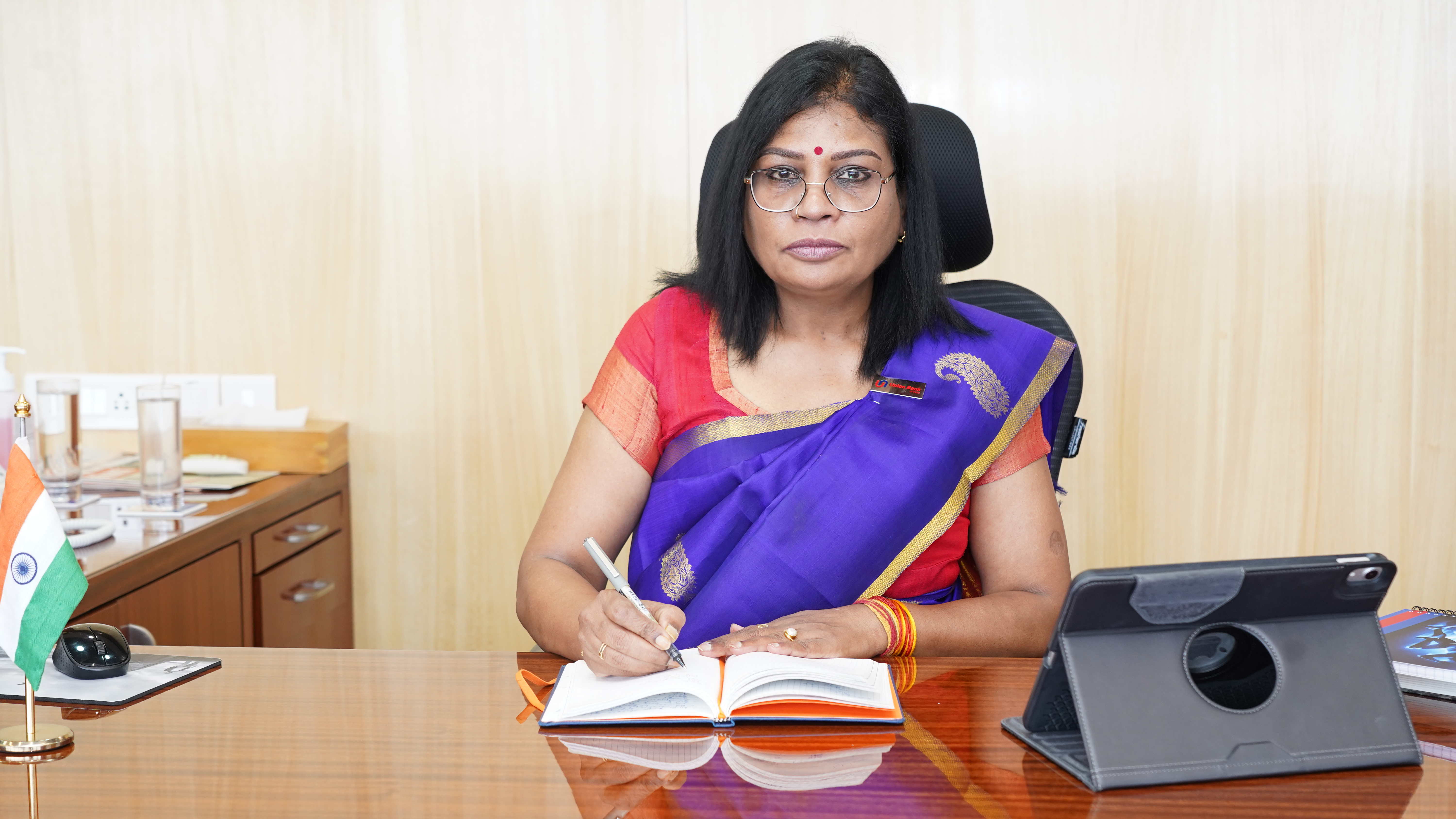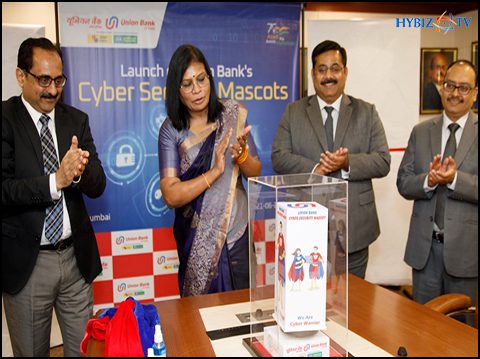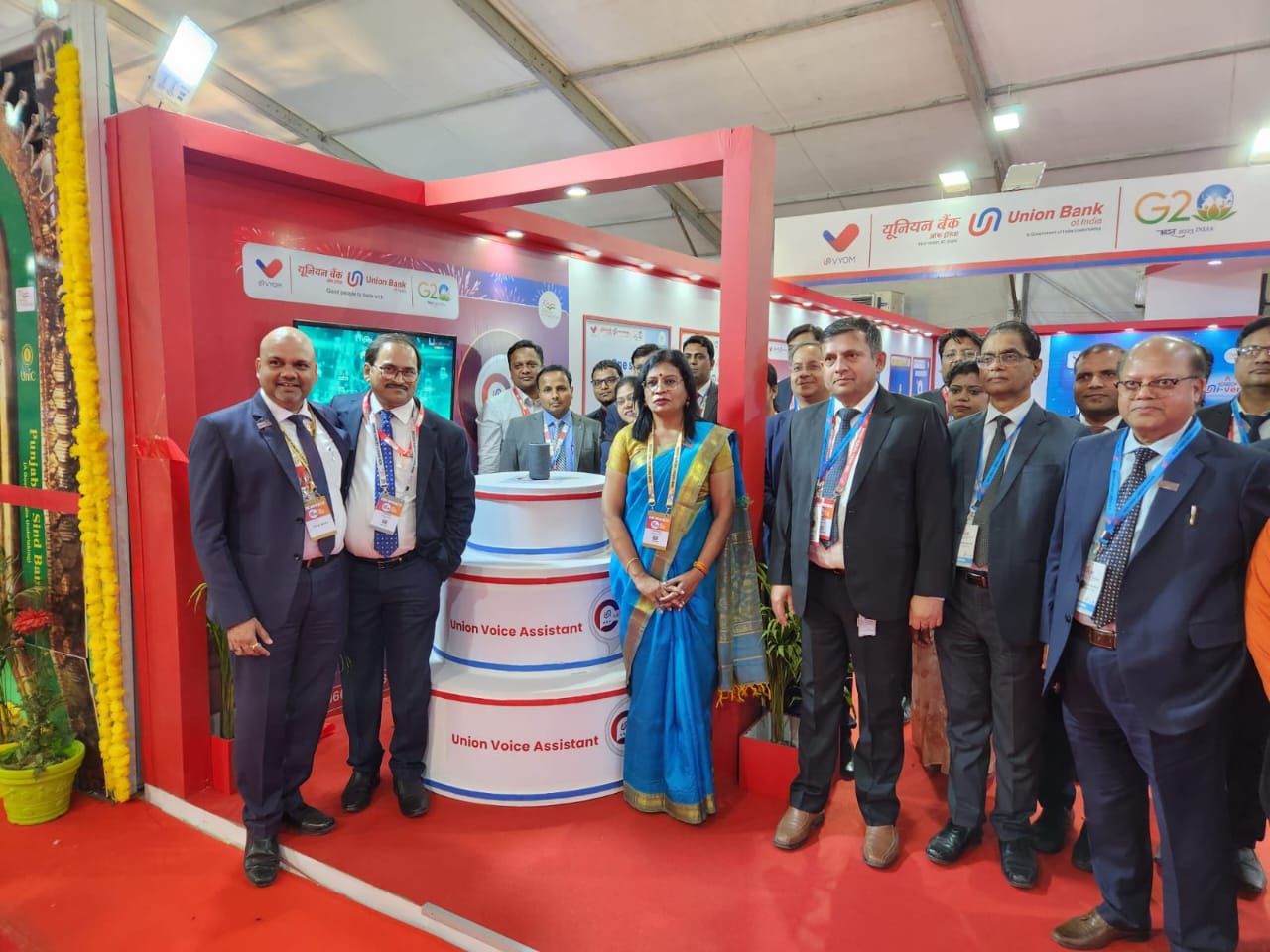Union Bank of India gets new aggression to chase targets
Aim is to become 3rd largest public sector bank in operating profits in FY24; motivated staff, market penetration strategies, digital investments to drive this competitive battle.
Aim is to become 3rd largest public sector bank in operating profits in FY24; motivated staff, market penetration strategies, digital investments to drive this competitive battle.

Just after Union Bank of India posted its highest-ever operating profit of Rs 25,467 crore in FY23, the goalposts were quickly put in place for the next financial year. Two targets were set: to become the third-largest public sector bank in terms of profitability and to see the global business cross $21.5 trillion in FY24.
In FY23, which also happened to be A Manimekhalai’s first year as Union Bank of India CEO, the bank had fixed two targets: the global business should hit $19 trillion and operating profit should grow by 15% year-on-year. Having achieved both these goals, confidence inside the organisation grew that more could be done this year.
“We have set ourselves an ambitious target in the current financial year to become the third-largest public sector bank in terms of operating profit, by jumping one notch ahead. We are closely monitoring the industry growth trends, benchmarking our performance against our peers and adapting strategies,” says Manimekhalai.
The targets are taken very seriously and there is a flow of information right from the top to the other layers of the organisation, giving each staff a sense of belongingness.
For setting the ball in motion early, promotions, transfers and postings were given before the beginning of the new financial year. This has put the officers on the ground right from the beginning of the fiscal, in contrast to the earlier practice of allowing personal issues, including admissions of children to educational institutes, to occupy attention in the first quarter.
“On the personal front, the bank has taken several measures to motivate us through incentives and increase in allowances,” said a bank official who did not want his name to be revealed. “We are also informed at the outset about the targets set for the bank. It is as if we are on a mission.”

In many ways, the 104-year-old bank, with over 75,500 employees and 8,580 branches, has been energised. There is a realisation that the organisational goals can be achieved only if the employees are motivated and incentivised.
As part of the plan to encourage employees to perform, representatives of two small branches in Tamil Nadu were called to the quarterly business review meeting last month to give a presentation on how they mobilised gold loans to a record level. The top management was so happy that refrigerators were installed in these two branches as a token of appreciation.
Shiv Shivakumar, one of India’s longest-serving CEOs who has handled over 60 brands in his career, was brought to deliver a motivational talk on leadership for a session during the review meeting last month.
“We are looking into the insights and actional points shared by Shivakumar,” says Manimekhalai. “We believe that these insights could drive improvements in areas such as business generation, market share expansion, customer service and effective employee engagement.”
The bank has framed a strategic business theme for the year, named as EDGE. The blocks of this weaponry are Earnings, Digitisation, Growth and Employees. This focus has come after setting the pace in the previous fiscal with RACE, which stood for RAM (retail, agriculture and MSME) loans; Asset quality; CASA (current account savings account); and Earnings.
As part of the leapfrogging strategy, the bank has identified some specific segments which were not in active focus in the past. Dedicated teams or verticals have been created for business segments such as gold loans, cash management service, corporate salary accounts, wealth management service and MSME (micro, small and medium enterprises) clusters.
“We have already started seeing revenue streams in many of these activities. Our gold loan portfolio has crossed the Rs 50,000-crore mark and under education we have posted a growth of 25% in FY23. We expect significant improvement in contribution from all our targeted areas in the days ahead,” says Manimekhalai.
An important pillar of market penetration strategy in the current financial year is the focus on ‘one district in each region’. The bank has identified 126 aspirational districts and is carrying out various strategic initiatives in these localities, including outreach programme for customer connect, employee’s empowerment, recreation of products and processes. The aim is to at least increase 1% market share in each of these districts across all business parameters and expand the customer base of the bank.
One of the major initiatives implemented in these aspirational districts is business mobilisation through agri mandis (market). Branding of the bank is done in these mandis and camps are conducted to canvass accounts of traders and farmers.
“We have identified 142 mandis across the country so far and business mobilisation has started in 63 of them. More than 1,500 CASA accounts and 1,300 RAM leads have been mobilised,” says Manimekhalai.
On 12 May, the bank launched POWER, which expanded means publicity, outreach, win, employees and recreation or revamp of products. The 100-day agenda for this is premised on four objectives: empowerment of women, digitisation of CASA accounts, digital libraries and identification of branches and ATM so that they can be relocated to higher potential areas, if need be. A fortnightly review meeting is held at the zonal offices to measure the progress across 16 metrics.

Will all these measures take Union Bank of India to the third spot in the operating profit pecking order among the state-run banks?
Union Bank of India’s across-the-board strength has been visible in its fiscal first quarter performance ended June 2023. Expanded lending and rise in loan pricing bolstered the bank’s operating profit to Rs 7,179 crore, up 31.79% from the year before, while net profit more than doubled year-on-year to Rs 3,236 crore. Asset quality substantially improved, with gross non-performing assets (NPAs) declining to 7.34% from 10.22% a year ago and net NPA falling to 1.58% from 3.31%. The plan is to cut the gross NPAs to 6% and net NPA to below 1% by the end of March 2024.
The recovery target from the pool of bad loans is set at Rs 16,000 crore in the current financial year, out of which Rs 3,564 crore has been covered in the first quarter ended June. The bank expects to better this in the remaining nine months of the financial year. In the previous fiscal, the bank recovered Rs 20,000 crore against a target of Rs 16,000 crore.
Net interest margin (NIM) is expected to stay steady at over 3% in FY24, helped by a pipeline of loan proposals worth over Rs 55,000 crore and the room available to reprice its assets.
“We have a book of about Rs 2.76 lakh crore of advances which are still to be repriced. We will be repricing them accordingly over the next three quarters. So, we are confident of maintaining the NIM at the current levels,” says Manimekhalai.
The bank has guided for a credit growth of 12% in the current financial year growth. The retail, agriculture and MSME (RAM) loan portfolio is showing good growth. Though growth is slower on the corporate loan side compared to the other segments, the Mumbai-based lender is looking at some of the new sectors like renewable energy and real estate where the margins are higher. For home loans, it is ramping up tie-ups with builders for project approvals. Education loans to premier institutes are also an area of focus for the Bank
On the deposit front, the bank is expecting to grow between 8-10% in FY24. Efforts are being made to increase the low-cost CASA (current account savings account) deposits, which stood at 34.6% as of 30 June 2023. While 27% of the deposit book is bulk deposits, 73% is retail and CASA.
Still, there is some distance to cover before Union Bank of India can jump a stair to occupy the third spot in the operating profit ladder of public sector banks. Some analysts say a match is definitely on but a lot will also depend on how the bank’s close competitors respond.
While people and business strategies form important layers of the gameplan, technology is put at the forefront to drive this competitive battle. The lender has invested in IT infrastructure, technology platforms and digital applications to enhance the banking experience of customers.

The bank’s Vyom mobile banking app, with a user base of over 22 million customers, provides access to 350+ banking services digitally, covering lending, deposits and payments. The platform offers lifestyle banking services and investment products such as mutual funds and insurance, which positions it as a ‘digital bank within a bank’.
The lender is aggressively pushing forward its digital investments to grow the business. Speaking to Indianbankingnews.com earlier, Union Bank of India executive director Nitesh Ranjan said that in three years’ time the bank is looking at 50% loan originations via its digital channels and also augmenting CASA growth.
Union Bank of India is on course to being a future-ready organisation to take on competition by cushioning against bad loans, posting double-digit growth in credit and deposits, and moving more customers to origination of loans and deposits via digital channels. While there is strong growth happening across these value chains, there is still a need to make continued progress on the goals laid out by the bank.
“I am here for a few years. This bank will be with you even after I leave,” Manimekhalai keeps telling her staff. “Let us collectively make it a very strong bank.”
